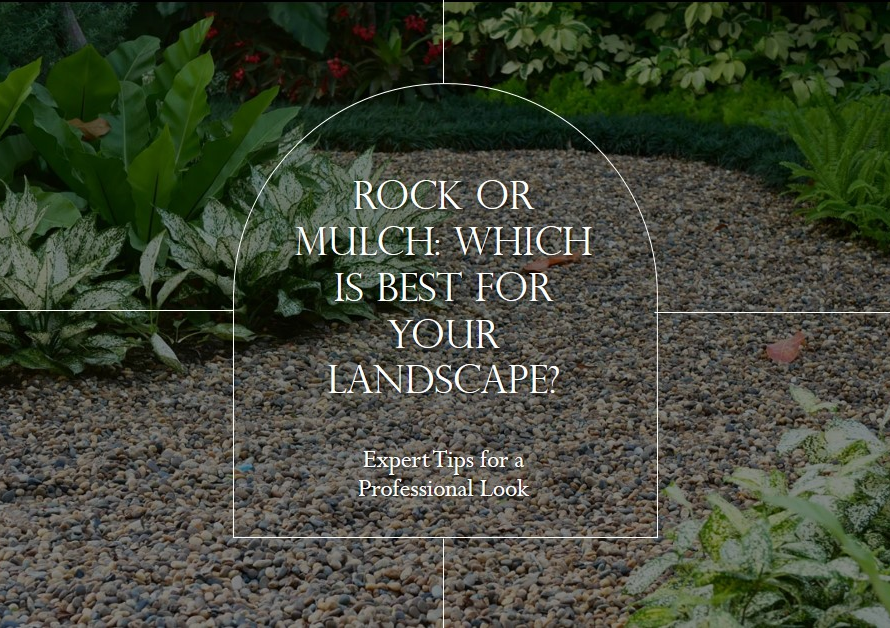
Table of Contents
Introduction: Importance of green roofs in urban areas
Green roofs have emerged as a vital component of urban architecture, offering a multitude of benefits that are essential for sustainable development. By harnessing the power of greenery in an urban setting, these innovative rooftops provide natural insulation, reduce energy costs, and mitigate the urban heat island effect. Furthermore, they play a crucial role in absorbing rainwater and reducing stormwater runoff, thus alleviating pressure on existing drainage systems.
In addition to their environmental advantages, green roofs contribute significantly to improving air quality by capturing pollutants and releasing oxygen into the atmosphere. Moreover, they create habitats for wildlife, enhance biodiversity in densely populated areas, and promote a sense of well-being among city dwellers. By seamlessly integrating nature into the built environment, green roofs not only combat environmental issues but also cultivate aesthetically pleasing landscapes that elevate the overall quality of life in urban spaces.
Benefits: Advantages of implementing green roofs
Green roofs offer a myriad of benefits that can revolutionize urban architecture. One significant advantage is their capacity to reduce the Urban Heat Island (UHI) effect by providing natural insulation and absorbing heat, consequently lowering the ambient temperature in densely populated areas. Additionally, they play a pivotal role in mitigating stormwater runoff as they retain and filter rainwater, alleviating pressure on drainage systems and reducing the risk of flooding. Furthermore, green roofs contribute to improved air quality by capturing airborne pollutants and emitting oxygen. These eco-friendly installations also provide habitats for wildlife, promoting biodiversity in urban settings.
Moreover, implementing green roofs presents economic advantages for building owners and municipalities alike. By insulating buildings from extreme temperatures, green roofs can significantly reduce energy consumption for heating and cooling, resulting in lower utility bills and decreased carbon emissions. Furthermore, they extend the lifespan of roofing materials by shielding them from direct sunlight and adverse weather conditions, thereby reducing maintenance costs over time. From a societal perspective, green roofs offer aesthetically pleasing landscapes amid concrete jungles while fostering community spaces for relaxation or agriculture initiatives – contributing to residents’ well-being in urban environments.
Design Considerations: Factors to consider in urban architecture
When it comes to implementing green roofs in urban architecture, several design considerations must be taken into account. Firstly, the structural capacity of the building needs to be carefully assessed to support the added weight of a green roof system. This involves collaborating closely with structural engineers and architects to ensure that the building can withstand the load.
In addition, local climate and weather conditions play a crucial role in determining the success of green roofs. Factors such as temperature fluctuations, rainfall patterns, and wind exposure will influence plant selection and irrigation requirements. Moreover, consideration should be given to optimizing natural light access for plants while mitigating heat gain within the building. By carefully evaluating these factors, urban architects can create green roof designs that are both functional and environmentally sustainable.
Installation Process: Steps for implementing green roofs
Installing green roofs is a complex yet rewarding process that involves several key steps. Firstly, it’s essential to conduct a thorough structural analysis of the building to ensure its ability to support the weight of the green roof system and vegetation. Next, waterproofing and root barrier membranes must be applied to protect the roof from water damage and invasive plant roots. Following this, a drainage layer is installed to manage excess water and prevent standing water on the roof.
Once these foundational elements are in place, it’s time to add a growing medium that supports plant life while also providing adequate drainage. Selecting appropriate plants for the local climate and ensuring proper irrigation systems are crucial for the long-term success of the green roof installation. Finally, ongoing maintenance and monitoring are necessary to ensure the health and vitality of the green roof system, making it an integral part of sustainable urban architecture.
Maintenance and Upkeep: Ensuring the longevity of green roofs
One of the key factors in ensuring the longevity of green roofs is regular maintenance and upkeep. This includes tasks such as removing debris, weeding, pruning, and inspecting for any signs of damage or erosion. By staying on top of these routine maintenance activities, the overall health and lifespan of the green roof can be significantly extended.
In addition to regular maintenance, proactive upkeep measures can further enhance the longevity of green roofs. Implementing a robust irrigation system that delivers water efficiently to all areas of the roof will help sustain plant health and vitality. Moreover, incorporating advanced drainage solutions can prevent excess water accumulation, which could otherwise lead to structural issues over time. By integrating these strategies into a comprehensive maintenance plan, urban architects can ensure that their green roofs remain not only visually striking but also durable for years to come.
Case Studies: Successful examples of green roof implementation
In urban architecture, the implementation of green roofs has seen remarkable success in various case studies. One such example is the Chicago City Hall, which installed a 20,000-square-foot rooftop garden in 2001. This innovative project not only reduced the building’s energy usage and minimized stormwater runoff but also provided an oasis of greenery in the midst of a bustling cityscape. The success of this green roof installation has inspired numerous cities to adopt similar initiatives, transforming once barren rooftops into thriving ecosystems.
Furthermore, the California Academy of Sciences in San Francisco stands as another stellar example of green roof implementation. Its undulating rooftop is adorned with over 1.7 million native plants, creating a beautiful and biodiverse habitat while also insulating the building and reducing its heating and cooling costs. This case study demonstrates how integrating nature into architectural design can yield both environmental and aesthetic benefits that enhance sustainability and engage communities. These successful examples underscore the potential for green roofs to revolutionize urban landscapes, offering multifaceted solutions for environmental challenges while bringing harmony between infrastructure and nature.
Conclusion: Emphasizing the value of green roofs in urban architecture
In conclusion, the value of green roofs in urban architecture cannot be overstated. These innovative structures not only contribute to environmental sustainability but also provide a host of benefits for both building occupants and the community at large. By integrating green roofs into urban architecture, cities can mitigate the heat island effect, reduce stormwater runoff, improve air quality, and enhance biodiversity.
Furthermore, green roofs offer a unique opportunity to create additional green space in densely populated cities. This added flora provides not only aesthetic beauty but also potential for recreational areas and urban farming initiatives. Additionally, the insulation properties of green roofs can lead to energy savings for buildings, making them an economically viable option for sustainable urban development. It’s clear that incorporating green roofs into urban architecture is a forward-thinking approach that aligns with the growing need for environmentally responsible design and construction practices.





